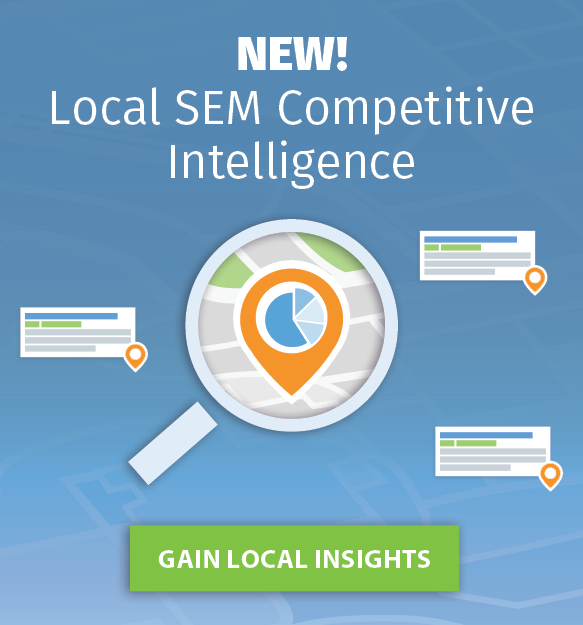In order to make the best use of your PPC campaign budget, you need to target people who are interested in your product or service in the most customized way possible.
That’s why remarketing is a powerful component of any successful pay per click campaign because it can help you reach people that visit your website yet leave without converting.
By using remarketing, a greater percentage of your abandoning visitors will convert, but not all of them will.
And that’s where onsite retargeting comes in.
Here’s a quick explanation of the difference between “onsite” and “offsite” retargeting.
What Is Onsite Retargeting?
As you probably already know, retargeting is a powerful online marketing tool that allows you to send customized promotions to people who have visited your website but didn’t purchase anything or subscribe.
The way traditional retargeting works can be described as “offsite” retargeting.
Your potential customers visit your website; you segment the visitors and create personalized advertisements; and then you display the ads only for the appropriate audience on other sites around the web.
Offsite retargeting works great, but wouldn’t it be better to capture abandoning visitors before they leave your website?
Well, onsite retargeting is designed to do just that by showing offers to visitors before they exit your website as demonstrated in the image below.
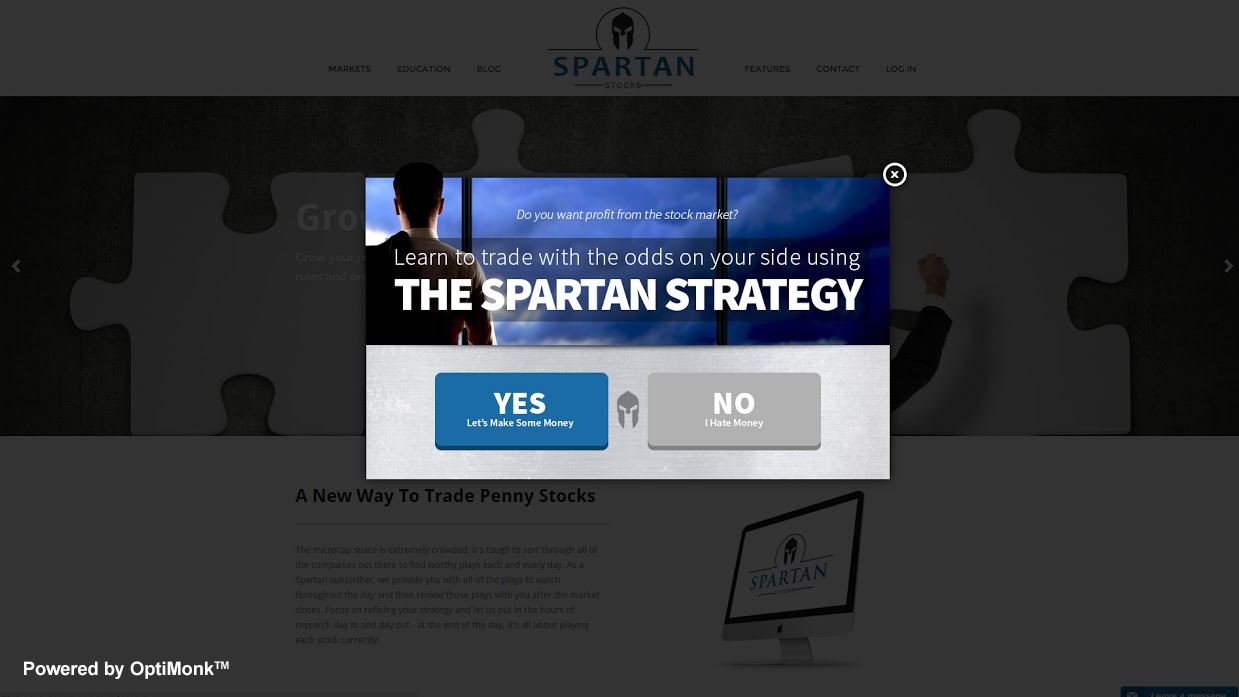
How Do I Use Onsite Retargeting on My Website?
Onsite retargeting is used to monitor the behavior of your visitors, and when it seems like they are about to leave your site, you can “retarget” them with a special offer at just the right moment. Another term for this type of marketing is “exit-intent technology.”
The most obvious indicator of exit-intent is the movement of the mouse. By using onsite retargeting, you can display a message when a visitor moves their mouse out of the page at a specific speed or velocity to make sure you get one final offer in front of them before they leave your site.
Some other engagement-related metrics can also be used in addition to exit intent.
For instance, if your visitors are browsing your page too long, or they’ve finished reading but do not scroll back up, you can retarget them with a pop up. Onsite retargeting detects these behaviors and displays a message or special offer to visitors to capture information before they leave your site.
This kind of message is usually presented in a special type of popup, typically called an exit-intent popup, but there are multiple display formats available.
Here’s what a typical email capture popup looks like.
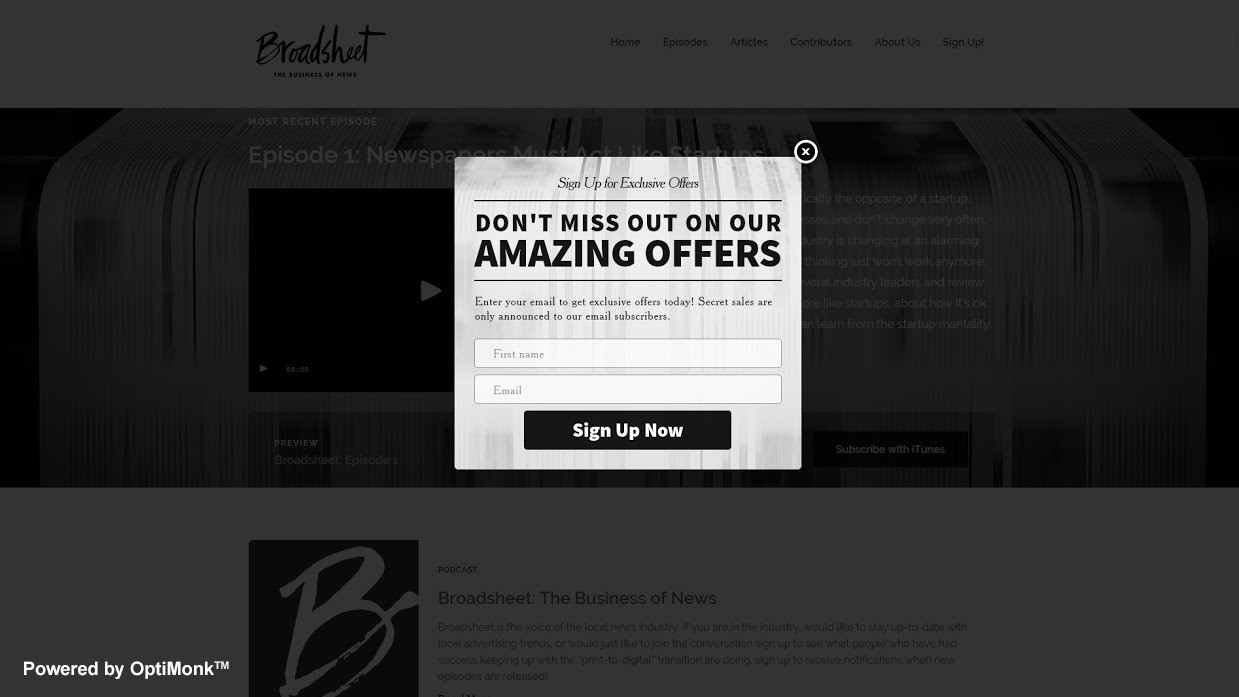
Now that you know more about onsite retargeting, here are five actionable ways you can use onsite retargeting to decrease your PPC costs by up to 50% while making your remarketing efforts more profitable as well.
#1: Target Multiple Customer Segments
In order to increase your sales, you need to first identify the stage of the buying process your potential customers are in. Your visitors have different needs depending on where they are in the buying process. As a result, in each stage you need to target visitors differently.
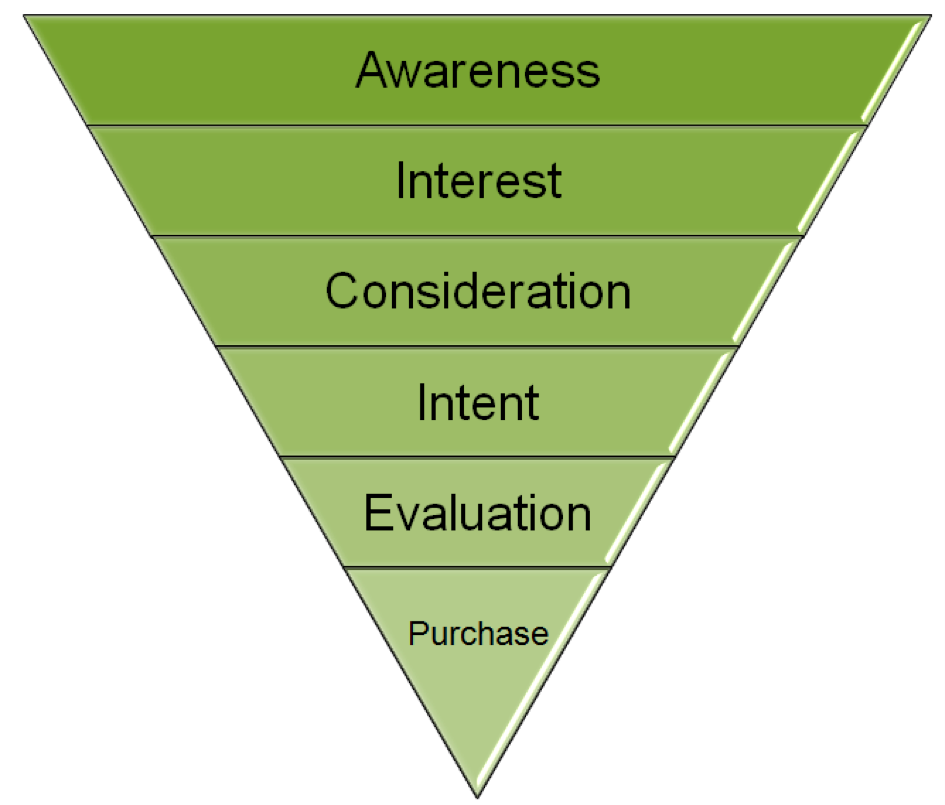
Onsite retargeting increases your chance of communicating with visitors. You can display your sales messages to visitors who are making a decision to purchase your product or service, and you can target early-stage visitors by offering more information that might boost their interest or provide more information.
In the following screenshot, you’ll see how Bellwether Software uses a free guide to convince their early stage visitors to learn more about their product. By using this offer, they multiply their number of leads by providing the right message at the right time. This also helps to move their visitors one step further in the buying process.
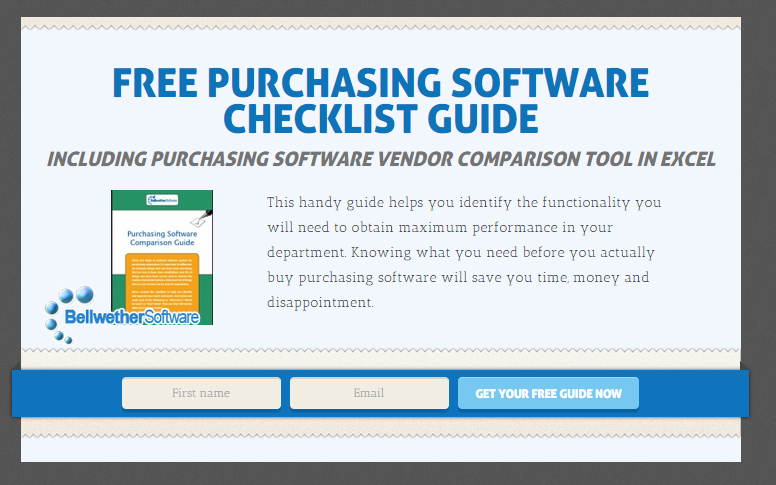
#2: Improve PPC Quality Score
Your PPC quality score is affected by the bounce rate of your site, the time each visitor spends on your site, and the number of pages they visit. You can use onsite retargeting to improve these metrics, and in doing so, improve your overall PPC quality score.
During their first onsite retargeting campaign, Digital Marketer achieved a 19.67% decrease in their bounce rate and were able to increase time on site by 54%.
So how did they do it?
Digital Marketer uses a digital marketing “toolbox” as a lead magnet for returning visitors, as you can see below. This increases the number of people who visit another page and also increases the number of leads they generate for their site.
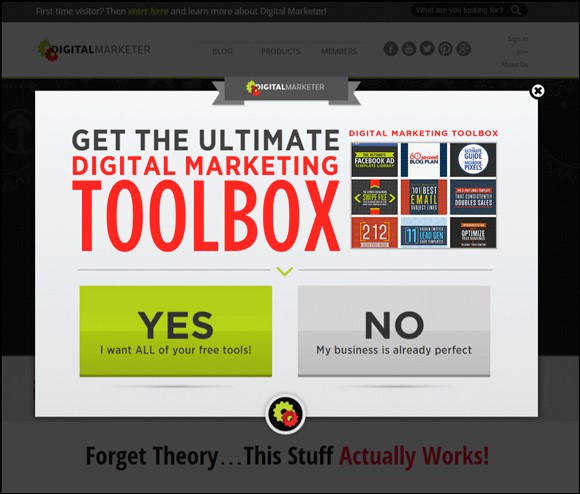
#3: Increase Your Number of Subscribers
As a marketer, you need to make sure you’re constantly adding fresh contacts to your email marketing campaigns so you can keep your numbers moving up and to the right. In a world of mobile apps, it might be surprising to learn that 77% of customers prefer receiving marketing messages via email which means email marketing is still one of the most effective online marketing tools.
Onsite retargeting can be used to build your email list by offering a special offer or discount that encourages visitors to subscribe to your list. Sometimes this offer can be a free giveaway or a coupon for subscribing to receive emails. It works really well for several reasons:
- This type of offer has the lowest barrier to entry since it’s free and you only ask visitors for their email address.
- You can continue to market to these visitors later on through email.
- You can use messages to move your visitors further along in the decision process after they’ve signed up.
With even the best performing ecommerce sites seeing abandoning visitors every day, onsite retargeting offers a quick way to build healthy email lists and recapture what would otherwise be lost visitors.
Let’s take a look at the following example.
Zooshoo.com was able to convert 7.35% of their abandoning visitors from PPC into email subscribers through their onsite retargeting campaign which offered an 8% off discount for signing up to receive emails.
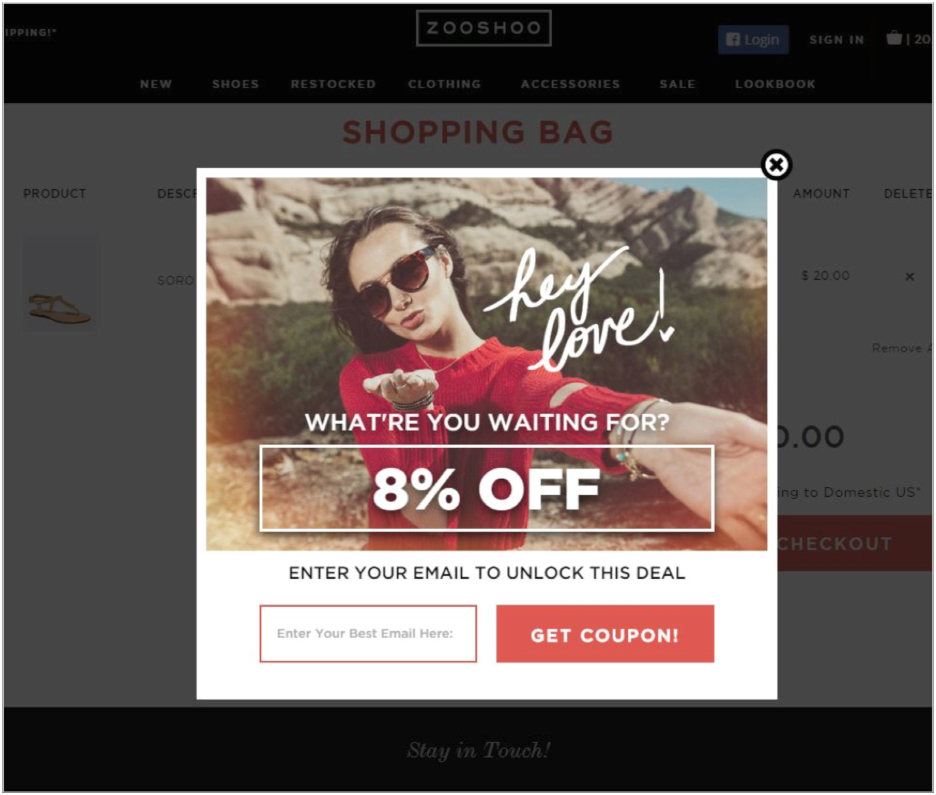
#4: Reduce Your Cart Abandonment Rate
The only thing more painful than someone leaving your site is when a visitor leaves your site after they’ve placed items in their cart. No matter how much money you spend on PPC campaigns, a certain percentage of your visitors will leave their cart without buying. This is known as cart abandonment.
By using onsite retargeting you can recover abandoning carts by offering an engaging incentive. For example, you can use a discount or a free shipping offer to encourage your buyers to finish the checkout process.
In the following example you can see how DiamondCandles.com used a 10% off discount to keep their buyers from leaving their site and to convince them to make a purchase.
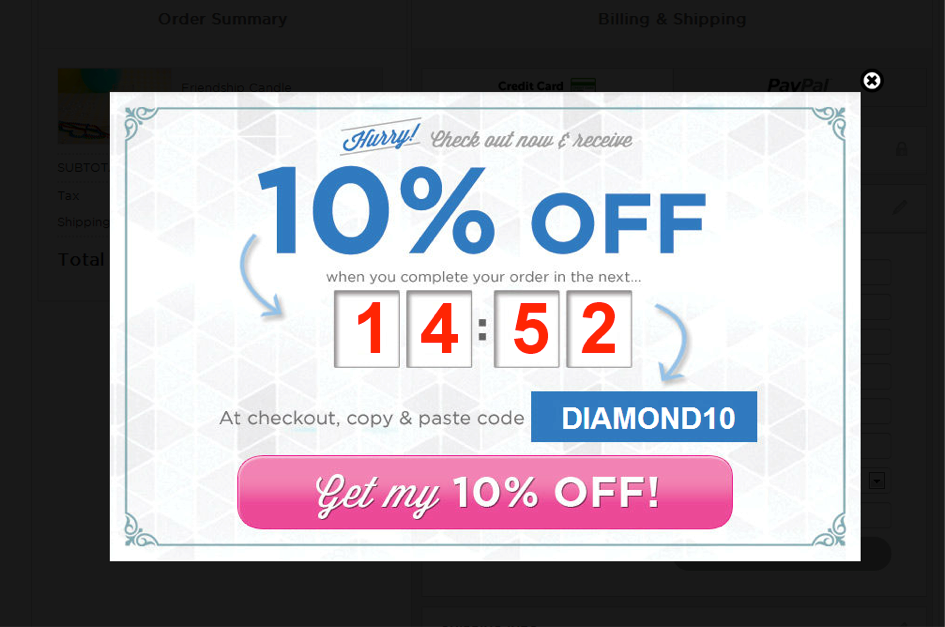
#5: Improve Your Site’s User Experience
We’ve all had annoying popups jump up at the worst moment while browsing the web. Considering this, it’s hard to believe you can use popups to provide a better user experience. Well, onsite retargeting can be used in a lot of surprising ways. For our fifth actionable tip, let’s see how it can improve user experience.
First of all, onsite retargeting makes sure your popup shows up at just the right moment. Because onsite retargeting is based on user behavior, you can trust that you won’t be distracting your visitors while they’re browsing. And with customization, you can give your popups the same look and feel as your site, so your onsite retargeting campaign feels like a normal part of your website experience.
Onsite retargeting is less annoying and provides relevant offers at the right time for visitors which improves the user experience.
But there’s more.
One of the unique ways of using onsite retargeting is to quickly A/B test different messages. Instead of spending more money on your PPC campaign you can use A/B testing on your site to quickly find ways to improve your message and your site for your visitors. You get more opportunities to see what works best and multiply your opportunities for improving overall conversion rates in the process.
For example, udemy uses onsite retargeting to promote their most popular categories, this way they can be sure their visitors have a chance to see their best performing content no matter which page they started with on the site. This not only increases engagement but also improves the experience for website visitors.
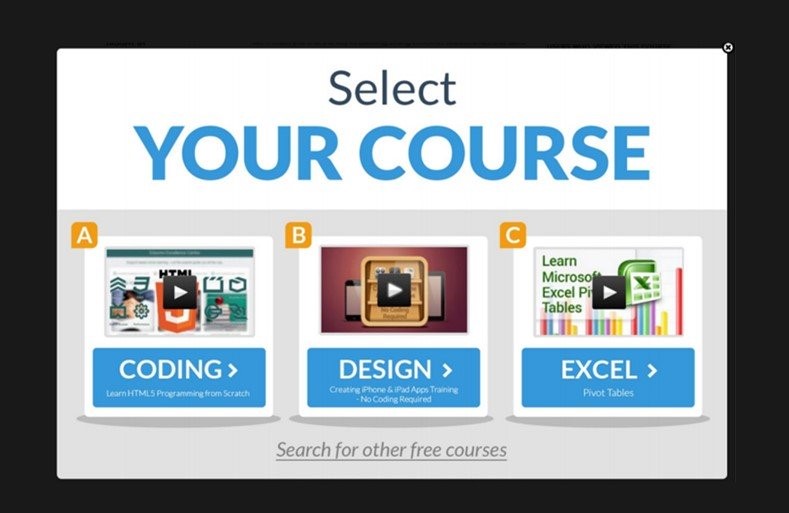
Get More Out of Your PPC Marketing Budget
If you’re interested in improving your PPC campaign and getting more out of your marketing budget, onsite retargeting provides a unique way to take advantage of remarketing before your visitors even leave your site.
Abandoning visitors and abandoned carts are two things that keep website and ecommerce site owners up at night.
Onsite retargeting technology allows you to recapture abandoning visitors just before they leave. What’s even better is that you can improve your site’s performance without annoying your visitors.
One of the best ways to use onsite retargeting is to improve your site by testing different messages, discounts, promotions, and lead magnets and seeing how visitors respond to each of those different offers so you can quickly learn what works without pouring more money into your PPC campaign.
With the right software, setting up onsite retargeting doesn’t take much time, and you can immediately start seeing improvements by boosting your email list and providing incentives to keep visitors on your site and to keep them moving towards making a purchase.
Author
 Csaba Zajdo is an ecommerce specialist and the founder of OptiMonk and several other projects specializing in conversion optimization. He’s been involved with web marketing including search, ecommerce, CRO, PPC, analytics, and usability for over 10 years.
Csaba Zajdo is an ecommerce specialist and the founder of OptiMonk and several other projects specializing in conversion optimization. He’s been involved with web marketing including search, ecommerce, CRO, PPC, analytics, and usability for over 10 years.
